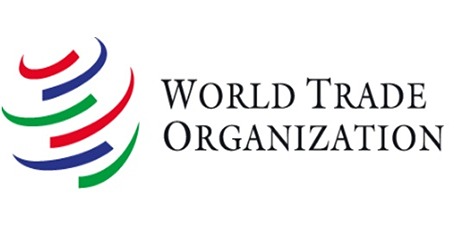The World Trade Organisation (WTO) issued a report in connection with the trade policy review of the European Union (EU) conducted on 18 and 20 February 2020. The review looked at developments in EU trade policy in the period from March 2017 to September 2019.
The report noted that the EU’s annual GDP growth was likely to have declined from 2.0% in 2018 to 1.4% in 2019. Reasons behind the decrease in GDP growth may have included weakness in the manufacturing sector, escalating trade tensions and issues around Brexit. Growth was expected to increase to 1.6% in 2020.
The EU’s share in world trade in goods and services was 16.7% in 2017/18 and has been declining in the past few decades. The main destinations for EU exports of goods remained the United States, China and Switzerland. The EU is a net exporter of services, and the United States and China are its main partners in services trade.
At 30 September 2019 the EU had concluded 41 free trade agreements (FTAs) that were in force, with a total of 72 countries. The largest FTA partners for trade in goods were Switzerland, Turkey and Norway. During the period under review the report notes that the FTA with Canada was applied provisionally; the FTA with Japan entered into force; and FTAs and Investment Protection Agreements with Singapore and Vietnam were completed. Also, FTA negotiations were concluded at a political level with Mexico and with Mercosur.
In July 2018 the EU and the US agreed to work towards eliminating tariffs, non-tariff barriers, and subsidies on non-auto industrial goods; and reducing barriers to trade in services, chemicals, pharmaceuticals, medical products and soybeans.
The EU adopted new legislation in 2019 on the screening of foreign direct investment (FDI) from third countries. There are growing concerns about the impact on the EU’s strategic interests of some types of FDI, such as investment involving state-owned enterprises and strategic sectors.
The EU’s Union Customs Code (UCC) for customs procedures at its borders was implemented in 2016. Certain aspects are still to be implemented as they are awaiting the full functioning of some electronic systems. The single window initiative is being implemented gradually and new provisions for low-value consignments are to be introduced in 2021.
The EU’s applied tariff structure did not change significantly during the review period. The simple average MFN tariff rate is 6.3%. The agricultural sector has significantly higher tariff rates averaging 14.2% with a wide tariff range, and there is also significant use of non-ad valorem rates and tariff quotas for agricultural goods.
















